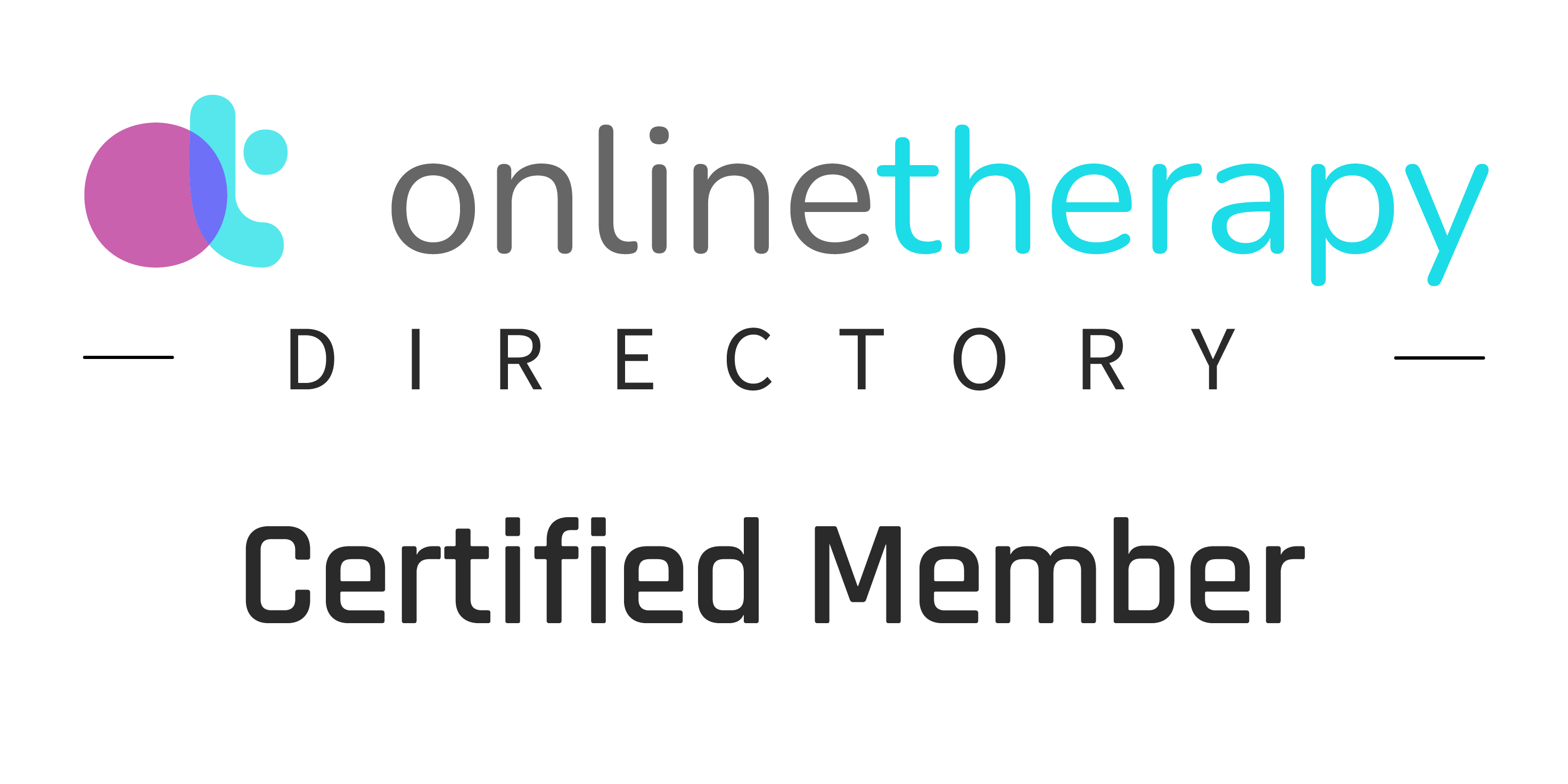Have you ever found yourself saying…
“Logically I know it, but I still can't seem to feel it.”
When we experience something painful, the memory, as well as the narrative we internalize about ourselves, can often become stuck or isolated from the rest of our system. When that wound gets triggered later on in the future, we may find ourselves responding in ways that sometimes seem disproportionate to the situation - overwhelming anxiety, anger, hypervigilence, depression, and more. In this way, “the past is present.” No experience is too small to have an impact.
EMDR is an evidence-based therapy that uses specific techniques to help clients to help bridge the gap, and process the memories and beliefs that tend to actually be at the root of the issues bringing them to therapy.
How does it work?
EMDR can be integrated into any standard therapy engagement in a relatively fluid way; however, the full process will encompass several key phases.
Just like any other therapeutic engagement, you and your therapist will start with a comprehensive history of your background and the presenting issue. From there, we’ll use EMDR as well as other techniques first as a form of resourcing - think of these like building your typical therapy “toolbox” with a few more creative and imaginative skills that will tap into and strengthen access in your nervous system, too.
Once you and your therapist have established that you feel ready to move into processing of older material, you’ll select a “target” and flesh out a bit more of a plan. Typically this includes identifying a negative core belief that developed during a formative experience, as well as a more adaptive belief that would better serve you today. While using EMDR techniques (bi-lateral stimulation such as tapping the shoulders or moving the eyes left and right), we allow the mind to wander, almost as if you are watching the scenery of a train pass by, and the previously distressing memories and negative beliefs often find a way of lessening and resolving, much like they do when we sleep.
Why EMDR
Scientific & Evidence-Based
While, like most psychological treatments, EMDR still relies on theory to explain the positive results it achieves, the evidence is so strong that it is endorsed by the American Psychological Association, American Psychiatric Association, Department of Veterans Affairs (VA), the Department of Defense (DoD), and more as a preferred treatment for PTSD. Additionally, not only does EMDR build upon most foundational therapeutic modalities (i.e. psychodynamic, cognitive behavioral), but it also integrates the most recent theories in neuroscience that explain the brain.
Whole-Brain Approach
One of the reasons EMDR gets results more quickly than most traditional talk therapy may be attributed to the fact that many of the techniques help us process in the harder-to-reach parts of the brain verbal processing alone can fail us. For example, in addition to the cognitive and left-brain dominant narratives and meanings we can access through talk therapy, memories carry stored emotional and physiological information that the more somatic and free associative process of EMDR helps us access and integrate.
Efficient & Cuts to the Core
As mentioned above, one of the most powerful parts of EMDR is that it does a particularly efficient (and elegant) job of getting to to the root of the presenting problem many clients bring to therapy. We do this by identifying the past experiences and core beliefs related to the problem, and processing in a way that often influences the larger neural network built around it.
What can EMDR help with?
Complex Trauma (i.e. childhood physical, sexual, verbal abuse or neglect)
PTSD (i.e. combat, sexual assault, accidents and natural disasters)
Anxiety (i.e. panic attacks, social anxiety, phobias)
Depression & Complex Grief
Performance Enhancement (see “Not just for trauma: EMDR and Performance Enhancement”)
For more information about EMDR, read “About EMDR Therapy” at emdria.org.
If you've tried talk therapy and always seem to hit the same plateau, if you know there's more beneath the surface you're ready to work through, or if you're interested in trying EMDR for any number of other reasons, schedule a consultation using the link here.*
*Please note that I currently have a waitlist for new clients, so be sure to read the FAQ page in full before scheduling an appointment.






